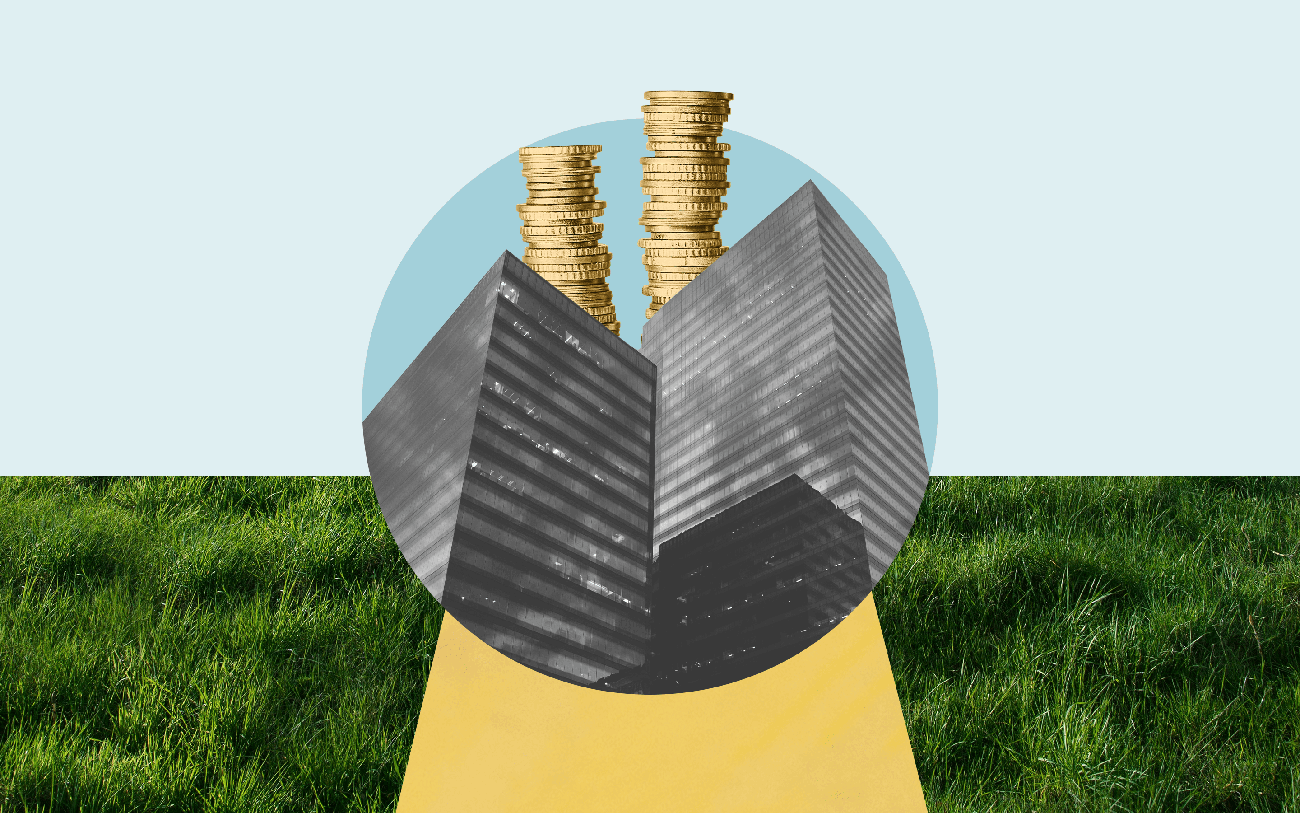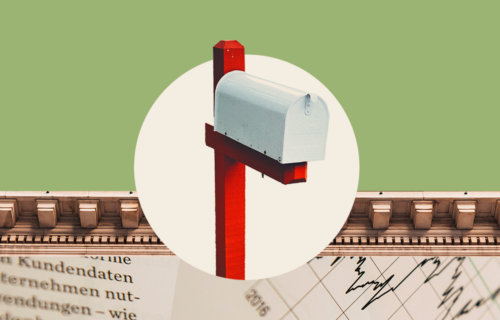The Beginning
I first heard about Bitcoin way back when I was studying for my Masters, but lost track of it when I started full-time work. It wasn’t until March 2017 that my interest was piqued again – I dug into the crypto space and liked what I was reading: decentralised decision making, democratisation of wealth – exactly what I’m fascinated about.
I didn’t have time to properly research the particular currency that my friend recommended (you might know it by now, it’s called Ether), but I was too interested to sit still. Knowing it was a decision of my heart and not my head, I invested an amount that I could afford to lose completely: 2500 CHF.
With disbelief, over the course of a few weeks, I saw my money jump by 600 percent. Fuelled by this, I invested 2500 CHF in another currency called NEO. Then promptly forgot about it all.
The Context
At the same, I was working 16 hours a day launching Inyova. To say that I had my plate full is an understatement. I didn’t have time to check my crypto investments, but I was also determined not to start trading. Instead, I wanted to take a “buy and hold” strategy with a longer-term view. Thus, I completely forgot about my cryptowallet.
Come November, cryptocurrency was taking the world by storm. The topic was sucked into the media’s never-ending 24-hour news cycle. My friends talked about it at length. On a trip across the city, my taxi driver passionately told me his theory around it.
Obviously, I began to check my wallet. Every couple of weeks first. Then every few days. My stock was growing daily and my interest was resurrected.
Up until this point, I had used an investment strategy similar to the one that made Warren Buffet a billionaire: Buy stocks, and then do nothing, safe in the knowledge that you will make a profit if you hang onto your investment long-term. But over Christmas, I had more time on my hands.
My mind got sucked in.
The Turning Point
I’d like to remind you that I didn’t really know what I was doing. I had no in-depth technical knowledge of cryptocurrency. I had simply put my money into a vision and suddenly my assets were multiplying. But working in a startup, and seeing what kind of companies got billion-dollar valuations, I was growing suspicious that things would go down soon (remember the Year 2000 Dotcom Bubble, anybody?).
When the first crypto dip came in late December, I felt my heart drop. Is this the bubble popping? I pulled out 15,000 CHF and patted myself on the back. No matter what happened next, I had made a profit. Then I started to implement a weekly profit shaving algorithm – I took some of my earnings, but kept the capital investment in.
Then one thing led to another. I started to trade. It was Christmas, I had time on my hands, and I started shifting money around. Guess what? I made less than if I hadn’t touched my assets… and it completely ruined my holidays. You can be cold as ice, but when large amounts of money are at stake, you will get emotionally invested.
I continued to gamble until the market got very unpredictable, weird even. There were so many crypto projects that it was nearly impossible to make sense of anything.
The End
By January, I was exhausted. I had taken a break from my intense startup life and instead I was burning myself out trading crypto. More and more, the market seemed to mirror my mind – not making sense and consumed by the thought of quick profits.
Returning to work after the break, I noticed crypto was still distracting me. It was time to get out. I decided to sell everything. In the end, I made a good amount of money – but more importantly, I learned some very valuable lessons.
What I learned from Investing in Cryptocurrency
Lesson 1: Develop a sound strategy and stick to it
I did great with my crypto investments – until I decided to “try things out”. At first, I had a long-term investment strategy with little hassle and no emotional involvement. Then I left my strategy behind, buying and selling things left and right without knowing what I was doing. My emotions came into play and started making decisions on behalf of my brain. This was tiring, and ineffective. I developed strategies and quickly trashed them for the next strategy because I was “anticipating” what the market would do. Guess what, I wasn’t. The new strategy was never better than the old one. For investors, discipline is key. If you have a strategy, stick to it. This protects you from fear-based, irrational decisions.
Lesson 2: You will follow the market
Markets are characterised by different levels of sophistication. If there’s more professional investors and algorithms active in the market, it becomes more difficult to ‘outsmart’ the market. The crypto market is not particularly sophisticated compared to the stock market. Neither am I particularly stupid or emotional. However, in the end, no matter what I did, I found it difficult to get ahead of the market. Of course, there are people who make good money trading. But these are experienced traders from other markets or algorithms that have been calibrated in the crypto market for years. Remember, when someone wins on a trade, somebody else loses – that means you have to be better than half the market to make money. As a beginner, trading is a casino. Of course, you can put in the time and learn how to trade. But it is sweat, blood, and tears – just like getting to the top of any other profession.
Lesson 3: Don’t feed the troll inside you
As a long-term meditator, I am lucky enough to be able to see the moving of my mind without getting too identified with it. Generally speaking, what one pays attention to and emotionally invests in, grows in importance. I saw this very clearly in crypto. I didn’t make more money, and nothing changed about the market at Christmas. But checking my crypto assets made it the most consuming thing in my life. And all of the sudden, there was the urge to act – even though I had initially gone in with a long-term view. If you run a long-term strategy, it’s important not to check the status of your investment every day, or even every week. It’s not needed and will just distract you from other things important to you. That’s why at Inyova we don’t knock on short-term updates of your strategy.
Conclusions
My first cryptocurrency investment adventure was a roller coaster driven by Fear Of Missing Out.
The interesting thing is that nobody has come up yet with a good model to evaluate cryptocurrency projects in the long run. It’s all sentiment. That’s why the market is through the roof. Some people say it’s like money, it has no value. But not all crypto is Bitcoin – it’s not only money without any value. It’s about distributing assets and leaving the trust assurance to everybody who owns the token, rather than trusting a third party. With this in mind, you could tokenise the ownership of anything.
There may be a future in cryptocurrency – I am no fortune teller, but it looks promising. In saying that, the technology is in a very immature state, and I wouldn’t consider it a sensible investment. It’s possible that large parts of the landscape will die soon, similar to the dot-com bubble in the early 2000s. Amazon and Google were around before the bubble burst and are now among the largest companies in the world. But how were you meant to know that Amazon was going to be a big success story? Diversify your savings. If you believe in crypto, put some money in it – but unless you want to take a massive risk, it’s sensible to also invest in traditional assets.
All in all, it’s an interesting space to watch. I might reinvest once I understand it better. Until then, I will focus on helping other people invest smartly and put their money into things that really matter to them and to the world. This is what Inyova is all about. We offer highly personalised investment – you select the topics and values that are important to you, and our financial experts build a portfolio of stocks. You can get started here. It takes 5 minutes and is completely obligation-free.
We take care of the technical details, including diversifying and optimising your strategy according to the level of risk you are comfortable taking on. Unlike a typical investment company, we also consider what companies you would like to support, based on your vision for the world. This service of creating an investment strategy is completely free of charge, and we’re here to help if you have any questions.
If you have an Inyova strategy already, login to view it here.


